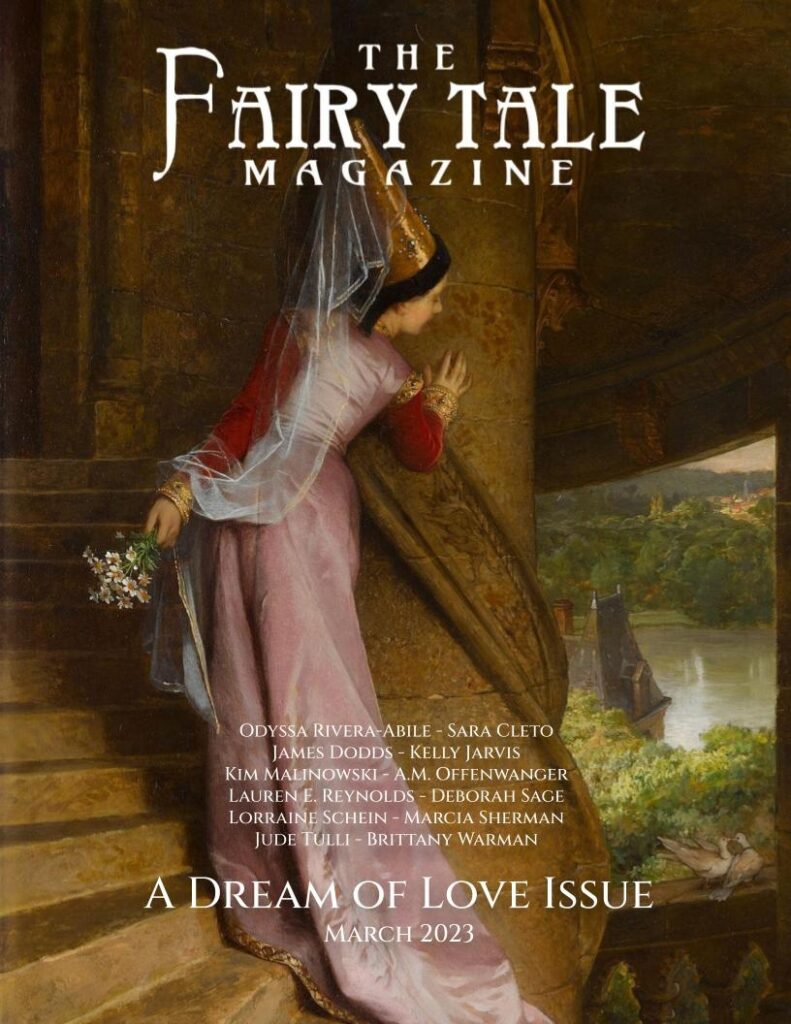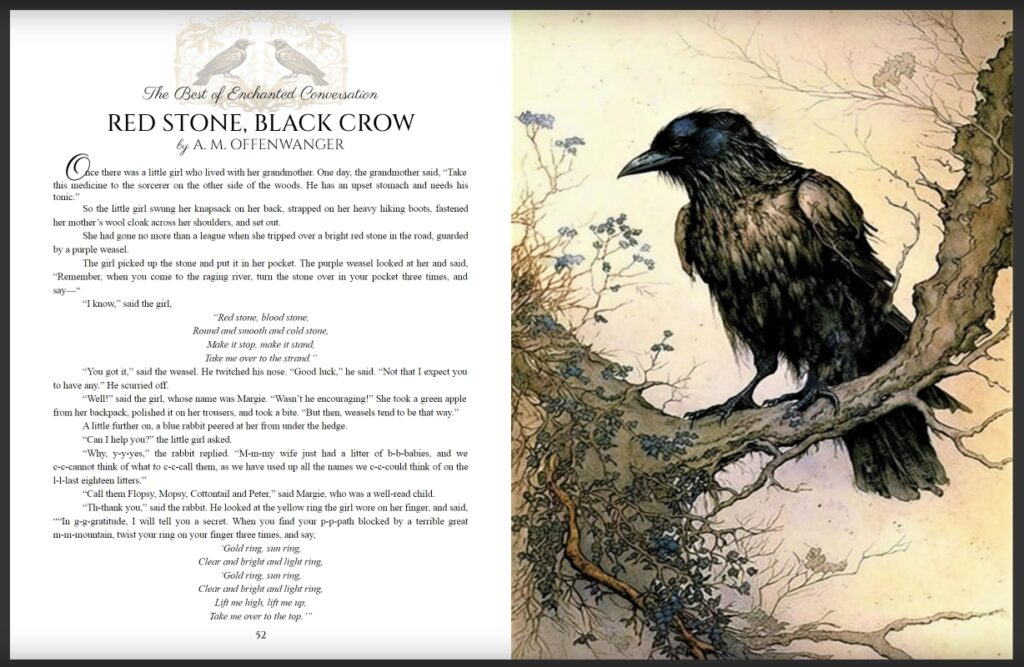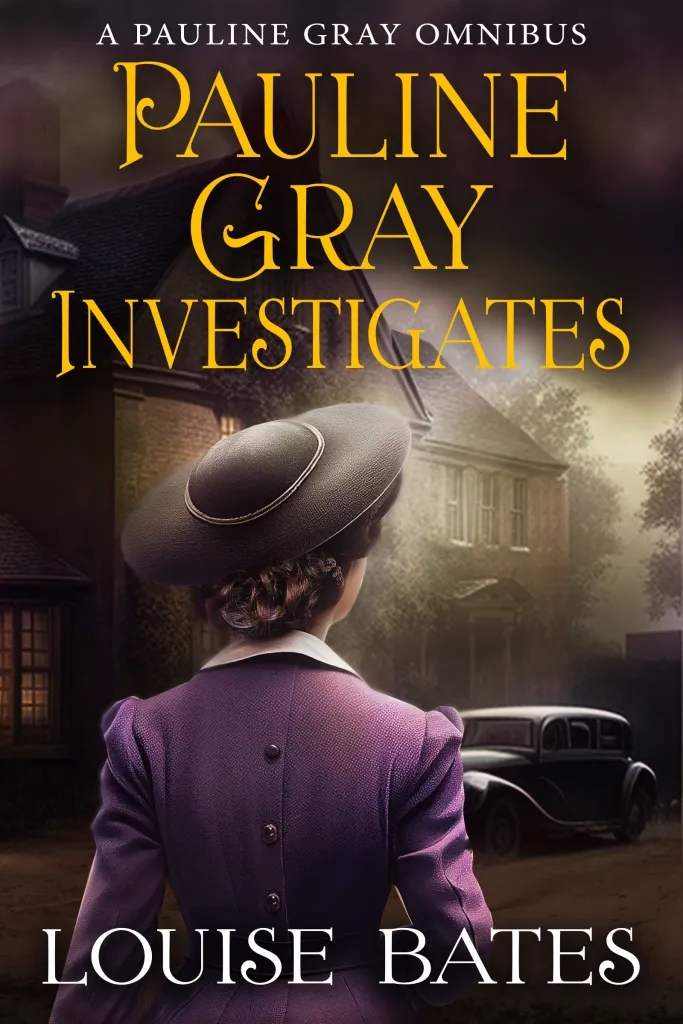I’ve been having a bit of a hard time lately, for one reason or another. So I went on the internet to ARD Mediathek (Germany’s public broadcasters’ streaming service) and turned on some fairy tale movies. I needed them, needed that reassurance that the world is a place where things will work out and everything is okay in the end. German and Czech fairy tale films are fabulous in that regard—they come across as so real, the tales are so much part of that culture, you can sink into the story and come out happy at the end.

But I was left a little dissatisfied that day. I wasn’t sure why at first. The films I watched were lovely fairy tales, with princesses and magic and intrepid heroes and heroines, and bad guys that were defeated, and a happily ever after. One was called “Der Geist im Glas” (“The Spirit in the Bottle”), and “Die verkaufte Prinzessin” (“The Sold Princess”) was the other.
You’ve never heard of them? Neither had I. That’s because they’re not classic fairy tales. The one claims to be loosely adapted from “motifs of a Grimms’ tale”, the other to be “inspired by Bavarian legends”. Whatever—there’s nothing wrong with adapting tales, or even just taking loose inspiration from existing fairy tales and making something of your own with it.
No, that’s not what frustrated me about those films, as I came to realize the next day after I had some time to think about them. What got my goat about both those films is that they shoehorn “issues” into the story. They clobber you over the head with such matters as feminism and inclusivity and “thou shalt believe in magic”. The characters spout off, in a repeat loop, about how princesses can’t be rulers or girls can’t be miners and oh, it’s so unfair and an issue to be solved; or they heavy-handedly draw attention to the fact that there’s MAGIC in this story and oh, that’s so unusual and the science-minded heroine doesn’t believe in it and needs to learn her lesson (even though she accepts without so much as a blink the wicked spirit from the bottle that’s got them all into trouble).
Don’t get me wrong—it’s not the issues I take, well, issue with. Feminism and inclusivity are a no-brainer, as far as I’m concerned. I have no problem with turning the doctor’s apprentice in “The Spirit in the Bottle” from a boy into a girl, or with casting People of Colour in roles that were traditionally “golden-haired”. That’s all great. But what I object to is using a fairy tale as a vehicle for an agenda, instead of letting it speak for itself. That’s using a delicate instrument as a hammer to pound in a nail.
You see, that’s the whole thing about fairy tales: they don’t need to have anyone superimposing a “lesson” on them! Fairy tales teach and empower without anyone getting on a soap box for the purpose. Jack climbing the beanstalk and outwitting the giant makes us feel like giant slayers ourselves; Cinderella going from drudge to princess makes it possible for us to do the same—without someone preaching at us about having self-confidence, or about the evils of step-sibling exploitation. The stories make their point without spelling it out (“spelling”, haha. See what I did there?). They show what they’re saying, they don’t need to tell.
For several years now I had a quotation on the top of my list of notes:
“Ich glaube mehr an Märchen als an Zeitungen.”—”I believe in fairy tales more than in newspapers.” The person who said that was Lotte Reiniger, the first creator of animated film. That’s right, years before Disney’s Snow White, Lotte Reiniger made stop-motion films from silhouette cutouts (Scherenschnitt, scissor cut, in German), including the 1926(!) feature-length “Adventures of Prince Achmed”. She created many amazing fairy tale films, and she knew what she was talking about when it comes to fairy tales.

I believe in fairy tales more than in newspapers. What’s that supposed to mean? It means that what fairy tales* have to tell us has more validity, more truth to it than the ever-changing, deceptive clamour of the news industry.
Using a fairy tale as a vehicle to preach about whatever current “issue” you feel people (in this context, that invariably means “children”) need to be instructed on is to not take fairy tales seriously.
Part of what I love about European fairy tale films is that the tales seem normal there. The film makers find the most likely local castle, put the actors in historic-ish costumes, and start shooting. And because the settings aren’t artificial stage sets, but real places that have weeds growing between the cobbles and lichen on the old wall bricks, the stories themselves seem that much more real – magic and all. We believe the weeds in the cobbles, we believe the magic, and we believe the power of the characters to overcome their problems.
But having the un-real-ness of the story shoved in our faces, be it by one of the characters doubting the existence of magic like any modern product of the enlightenment or by having the actors monologuing about how women should have the same rights as men, breaks the illusion. It breaks the setting, almost like breaking the fourth wall. And the silly thing is that it’s totally unnecessary.
Anything is possible in a fairy tale. If you want to send the message in your fairy tale adaptation that women should have the same rights as men (as they should, of course), and that “a beautiful princess” can just as easily be brown-skinned and black-haired as blonde and blue-eyed (which goes without saying), then just show them having those rights or those looks, and your audience will accept it. You’ve made it normal.
But those issues are not the point of a fairy tale. The point is that the doctor’s apprentice (whether boy or girl) saves the day by outwitting the wicked genie in the bottle; or that the beautiful young ruler (whether fair- or dark-skinned) wins the struggle for the throne against their evil uncle with the help of the young miner who is in league with the spirit of the mountain. And we, the audience, save the day and win the throne right along with them—that is why we love fairy tales and keep coming back to them again and again. If we quietly absorb some new ideas in the process, get some new images planted in our imaginations, so much the better, but for the love of Grimms, keep your didactic bulls out of the china shop.
Take fairy tales seriously, believe in them for the time you’re hearing them, reading them, watching them, and you unlock their power. Relegate them to children’s stories that need to be made more “modern” and “relevant” by preaching on the issue du jour, and you’ve spoiled it.
I believe in fairy tales more than in newspapers: I do, I take my fairy tales seriously.
And they lived happily ever after.

*The term “fairy tales” could just as easily be replaced with a generic “stories” here. Fairy tales are a distillation of Story, are “Story Pure”, as it were; it’s not about magic and princes, but about the power of Story. However, that’s a topic we’ll have to save that for another day.




















 Because, steam engines are an integral part of classic fairy tales, yeah?
Because, steam engines are an integral part of classic fairy tales, yeah?